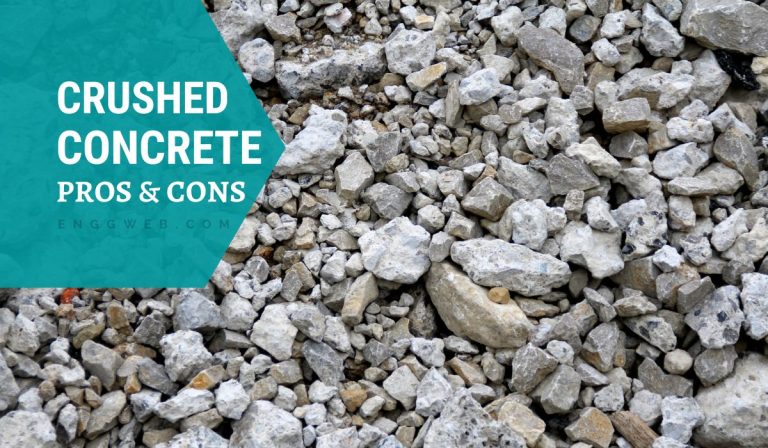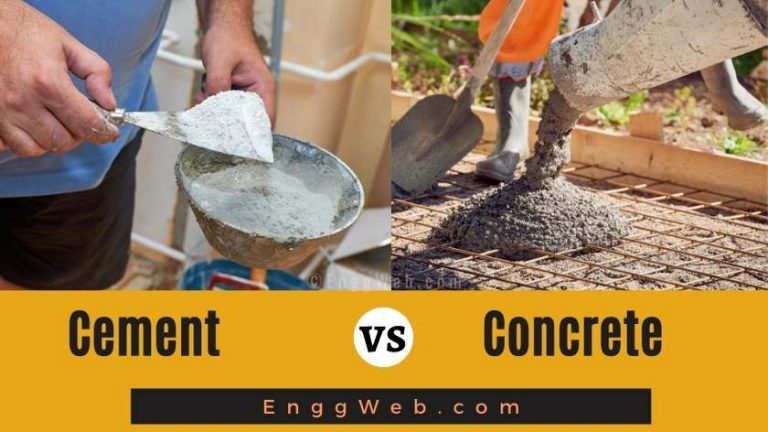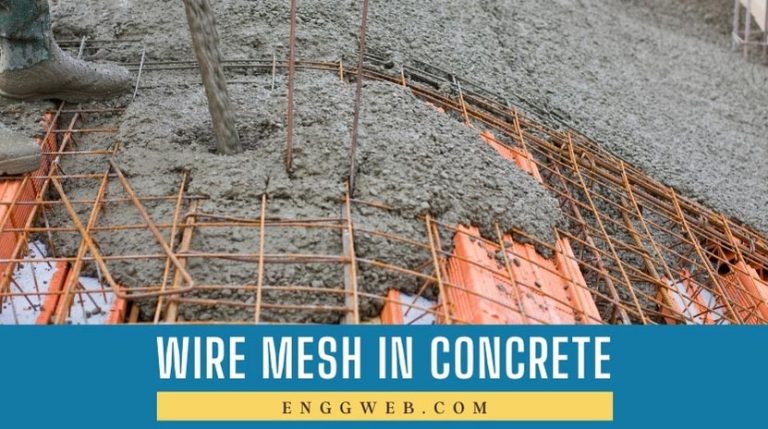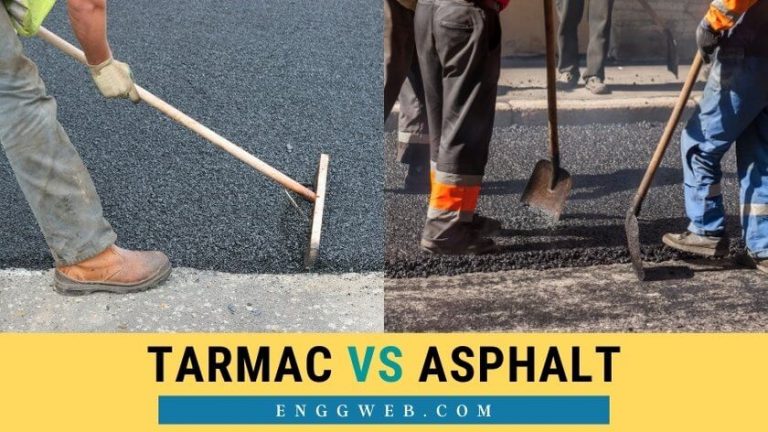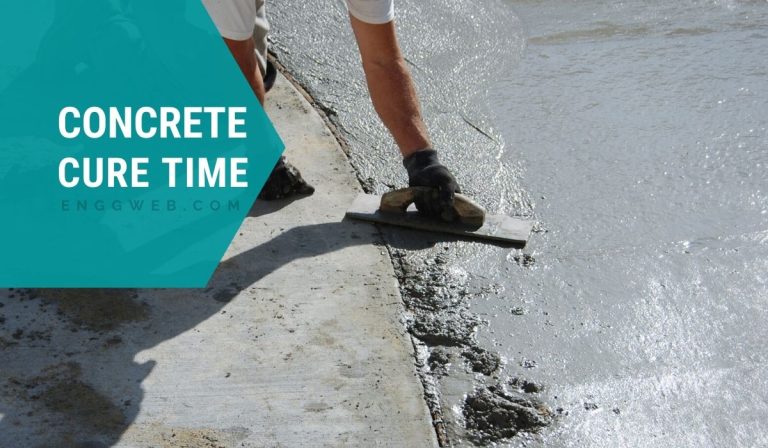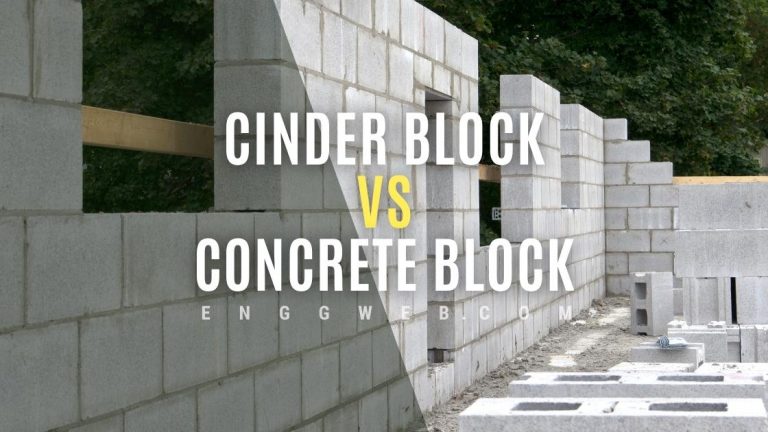Concrete Vibrator
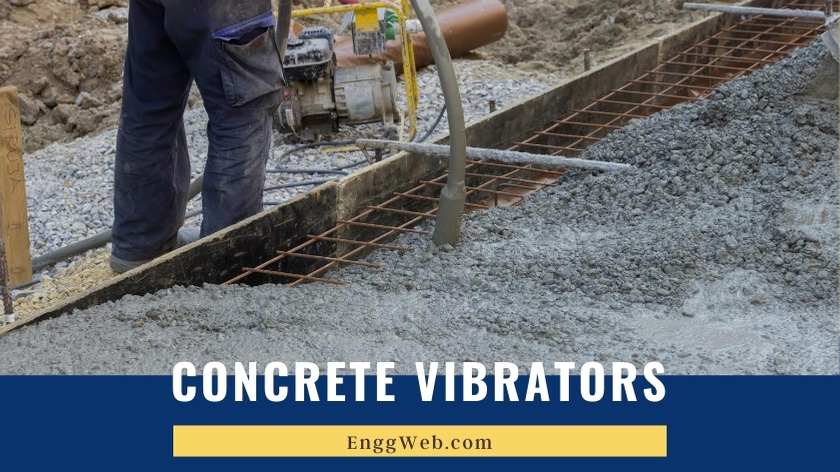
Concrete vibrators come in a wide variety of shapes and sizes. They are widely used across all concrete applications. Why are these devices so important? Read on to find out.
Contents
What is a concrete vibrator?
When pouring fresh concrete, some trapped air is inherent to the mixture. A concrete vibrator removes these air bubbles, consolidating the concrete in the process.
Does vibrating concrete make in stronger?
Yes. Air entrapped or entrained in concrete in any form weakens concrete – the inclusion of 1% air decreases concrete strength by as much as 6MPa. Since proper vibration removes the entrapped air from the concrete, it increases the resultant concrete strength. Note that the strength of concrete depends mainly on the ratio between cement and water in the concrete. If this ratio is incorrect, the concrete strength is insufficient, regardless of the vibration protocol.
Different types of concrete vibrators and their uses
When purchasing a concrete vibrator, consider the frequency, power, and size – these should fit the intended application.
Immersion Vibrator
Immersion-types are the most common type of concrete vibrator. As the name suggests, it gets immersed in the concrete in various locations, consolidating it locally. This concrete vibrator consists of a long, tube-shaped steel enclosure with a rounded tip, called a rod. Inside, a vibrating electrical element moves in an elliptical pattern at high frequency. Attached to a flexible electrical hose, which is, in turn, connected to an electrical motor, this unit is mobile and versatile.
The vibrating rod should be thin enough to fit in-between reinforcing rebar for best results. Insert this rod vertically into the concrete, pulling it out slowly (about 3 inches per second). When pouring concrete in multiple layers, insert the vibrator rod deep enough to reach at least two levels below the current level, ensuring that all layers intermesh properly.
External Vibrators
As the name suggests, this vibrator is not immersed in the concrete. Instead, it attached to the outside of the formwork. The location of these powerful vibrator units depends on the thickness, density, and workability of the concrete. Thinner units poured with more workable concrete require fewer external vibrators for the surface area than thicker units with less workable concrete.
Mainly used in casting yard and other precast facilities, these powerful units vibrate the entirety of the formwork at once, literally shaking the concrete into a solid, consolidated mass. At times, casting columns and other heavy reinforced structures also require the use of external vibrators, since traditional rod vibrators may get stuck in the formwork.
Surface Vibrators
Used on top of thin slabs of concrete, surface vibrators (also called screed vibrators) consolidate concrete through powerful pulsating movements on the concrete’s surface. These are not suitable for large, thick sections of concrete since they can not reach and consolidate the bottom layer of concrete.
Rebar Shaker
In highly reinforced pours, rebar shakers minimize pouring time, while optimizing concrete consolidation. Here, vibrator units are tied to the tops of the reinforcing rebar rods, shaking the rods to consolidate the concrete in contact with the bars.
Pencil Vibrator
Pencil concrete vibrators are a form of immersion vibrators. They are much smaller and portable, compared to the traditional rod vibrators. These are mainly used in smaller applications, such as pouring kitchen countertops. Here, the traditional immersion vibrator would be cumbersome, taking up far too much space in the limited working area.
Electric Concrete Vibrators
Most concrete vibrators are electrically powered. These include immersion and external vibrators, as well as surface vibrators and rebar shakers.
Cordless Concrete Vibrators
Cordless concrete vibrators are battery-powered rod vibrators. These are used in the same manner as traditional rod vibrators, but take up far less space. For this reason, cordless vibration work best for concrete pours with limited space, such as small enclosures and domestic kitchens and bathrooms.
Pneumatic Concrete Vibrators
Resembling the traditional rod immersion vibrator, pneumatic concrete vibrators utilize air instead of an elliptical weight to generate vibrations. Here, a bearingless turbine inside the vibrating rod connects to a double-walled hose. Air enters the bearingless turbine through the inner hose, exiting again through the outer hose. These units are slightly lighter than their traditional vibrating rod counterparts.
Backpack Concrete Vibrators
Backpack concrete vibrators are typically immersion-type poker vibrators. Here, the power source is mounted in a backpack instead of a floor-level unit requiring a dedicated power source. This portable power source offers greater mobility to the operator, making it ideal for pours with a greater surface area. Ideal applications include conditions where the operator must move quickly to cover the entire area.
Handheld Concrete Vibrators
These portable units are small immersion-type poker vibrators, more suitable for small pours done in enclosed spaces.
Concrete Vibrating FAQ
What happens if you over-vibrate concrete?
Adequately designed concrete cannot be over-vibrated. That said, most on-site concrete mixes deviate from the given mix design to some degree, due to batching and handling errors, or ambient conditions. Over-vibrating concrete leads to segregation. Here, the denser material migrates to the bottom of the pour, while lighter material moves to the top. Heavier material includes stones, and possibly sand, depending on your sand source. Lighter material includes cement paste, water, and fibers.
When this segregation occurs, the top layer of your concrete pour bleeds excessively due to the higher concentration of water present. This bleeding leads to crack formation and dusting, which are both undesirable.
In contrast, the bottom layer is weakened since it contains mostly stones. Here, the aggregate interlock may occur, where stone bridges form over reinforcements. These stone bridges prevent proper bonding with the rebar, compromising the structural integrity of the unit.
In some cases, over-vibration could damage formwork, causing paste leakage. This loss of paste causes honeycombing and weakens the integrity of your structure.
Should all concrete be vibrated?
Yes, except for shotcrete. Even self-compacting concrete requires some vibration, although not as much as traditional concrete. In theory, well-designed self-compacting concrete requires no vibration. Still, the practical application deviates somewhat from the theoretical idea.
Shotcrete technology is the exception to the rule, due to its application – more on that in a later article.
How do you vibrate concrete manually?
When pouring a small unit, about the size of a test cube (cubes of either 100mm or 150mm side length), manual consolidation is possible. Here, you would use a tamping rod – the same rod used during the slump test – to consolidate the concrete.
First, ensure that your mold is properly cleaned and oiled – demolding oil is essential to any concrete pour, regardless of the shape or size. Now, place the first layer of concrete in the mold. This layer should have a maximum depth of about 30mm. Use the tamping rod to consolidate this layer: insert the rod vertically into the concrete in a quick, smooth movement, all the way to the bottom, withdrawing it again immediately. Repeat this 20 times for a standard test cube – more if your mold is larger.
Now, place the next layer of concrete and repeat the process. Be sure to insert the rod into the first layer as well, since this properly enmeshes the two layers. Repeat this process to fill the mold – three times for a standard test cube.
Manual consolidation is a vigorous process requiring lots of energy. If you plan on filling many molds, get someone to help you, working as a tag-team, since you will get tired along the way.
How long should you vibrate concrete?
The time needed to consolidate concrete properly depends on the mix design and application. Bear in mind that the purpose of vibration is proper consolidation, removing all entrained air. Vibration should be long enough to achieve this, but not long enough to cause segregation.
For standard 25-30MPa concrete with workability equal to 100-140mm slump, using a poker immersion vibrator, this amounts to about 3 seconds per inch of concrete depth.
If your concrete is more workable, as is the case for pumpable and self-compacting concrete, you need less vibration. For roller-compacted concrete, which has no slump, a more extended period of vibration is necessary. The same goes for heavily reinforced applications since the concrete must have enough time to move in-between the reinforcing steel bars.
Can I pour concrete over dirt?
No. Proper preparation of your substrate is essential for a high-quality pour. Pouring your concrete over dirt allows for water to seep from the concrete to the dirt, changing the water-cement ratio of your mix and thus affecting the strength. In most cases, water seeps unevenly form the bottom and top layers, causing a difference in strength and flexibility through the depth of the concrete. This could have severe structural implications, since your structure will not move, shrink, and expand as a unit, resulting in crack formation.
For best results, compact the substrate properly and line it with plastic before you pour any concrete.
Final Thoughts
Concrete vibrators come in a variety of shapes and sizes. Choosing the correct one depends on your application, whether you’re working on-site or in a precast yard, space and power limitations involved, and the complexity of the pour. These devices are essential to proper concrete consolidation and, thus, to the quality of your final product.

